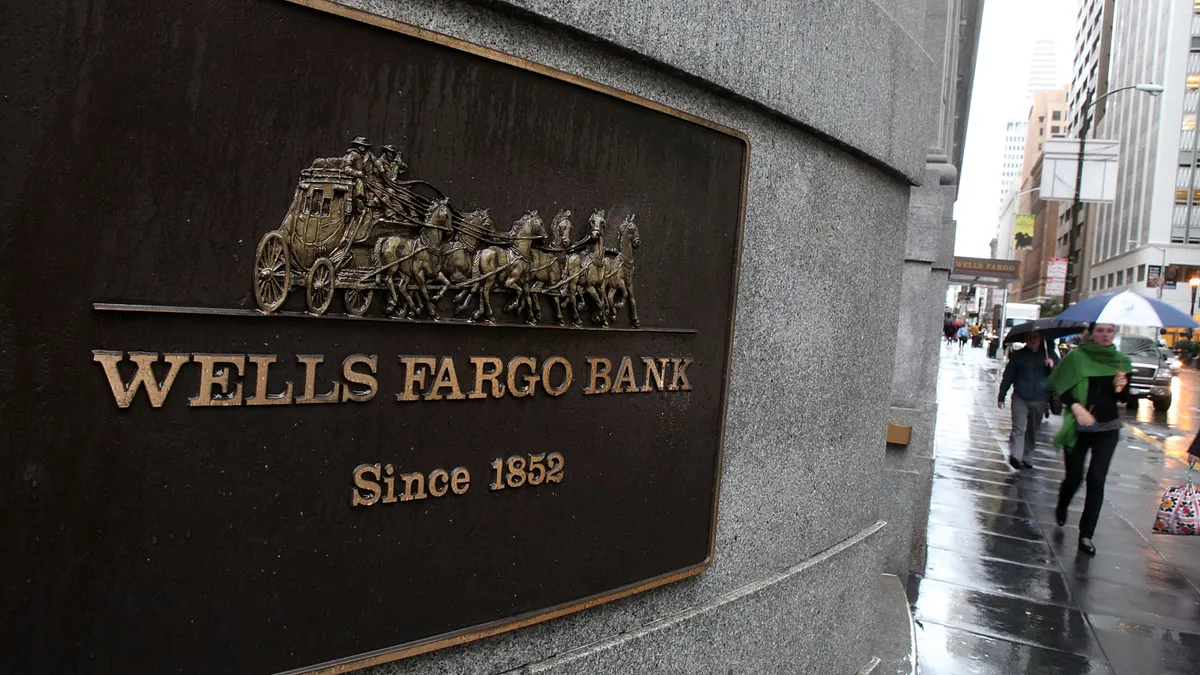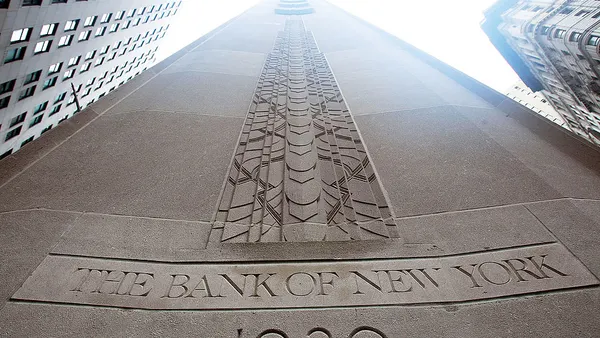The Office of the Comptroller of the Currency terminated a 2016 consent order related to the fake-accounts scandal that dragged Wells Fargo into years of regulatory scrutiny, the bank announced Thursday.
The order required Wells Fargo to overhaul how it offers and sells products and services to customers. Additionally, the lender had to take action to protect its customers and employees.
“The OCC believes that the safety and soundness of the Bank and its compliance with laws and regulations does not require the continued existence of the Order,” the agency’s termination order dated last month said.
The recent announcement marks the sixth consent order regulators have terminated since 2019, Wells Fargo CEO Charlie Scharf said in a Thursday statement.
“I have repeatedly said that implementing a risk and control framework appropriate for a bank of our size and complexity is our top priority, and closing consent orders is an important sign of our progress,” Scharf said.
“Confirmation from the OCC that we have effectively implemented what was required is a result of the hard work of so many of our employees…. We are a stronger, better Wells Fargo for our customers and communities, and we will not lose sight of the remaining work to do.”
He added that the bank’s top priority is still risk and control work.
Wells Fargo came under the public eye in 2016 after a scandal highlighted that employees opened millions of unauthorized accounts without customers’ knowledge to meet lofty sales targets.
The lender’s previous CEO, John Stumpf, who led the bank since 2007, stepped down when the scandal broke out. The OCC fined Stumpf $17.5 million and banned him from the banking industry.
Carrie Tolstedt, who served as Wells’ retail-banking chief at the time, pleaded guilty to one count of obstructing a bank examination in March. She agreed to pay a $17 million fine by the OCC for her part in the misconduct and faces up to 16 months in prison. The OCC also recommended fines of $18.5 million for three former Wells executives for their alleged roles in the 2016 scandal.
In May, the San Francisco-based bank agreed to pay $1 billion to settle a class-action lawsuit alleging it misled shareholders about its recovery from the fake-accounts misconduct.
The Federal Reserve imposed a cap limiting the bank’s asset total to $1.95 trillion during the tenure of former CEO Tim Sloan, who took over the reins from Stumpf, to prevent it from growing until the regulators deemed the bank had fixed its shortcomings. The cap has yet to be lifted.
The termination of the consent order “moves Wells Fargo a little closer to getting the Federal Reserve’s asset cap lifted, but we don’t think it’s quite there yet since a few other consent orders are still outstanding and scrutiny lingers over the bank’s financial controls,” Elliott Stein, a senior litigation analyst with Bloomberg Intelligence, told the publication.
Though most investors believe the asset cap will be lifted in 2025, Ebrahim Poonawala, a banking analyst at Bank of America Securities, thinks the end could be nearer.
“[W]e believe the end of the OCC consent order today could cause the street to recalcitrance the probability that this could potentially occur in 2024,” he said in a note seen by Reuters.
Scharf took over as the CEO in 2019 and is the fourth chief to lead the bank since the scandal erupted.
“Under Scharf’s leadership there have been several changes and he has been working to clean things up and it shows that he has got the confidence of the board, the rest of the management and also the regulators,” Stephen Biggar, director of financial services research at Argus Research told Reuters.
Wells Fargo paid Scharf $29 million for 2023 – an 18.4% boost over the $24.5 million he received for 2022. He asked the bank’s human resources committee to “exercise negative discretion” and pay him less than it would have to reflect that “more work remains ahead” for the bank, Wells Fargo said in its filing at the Securities and Exchange Commission.













